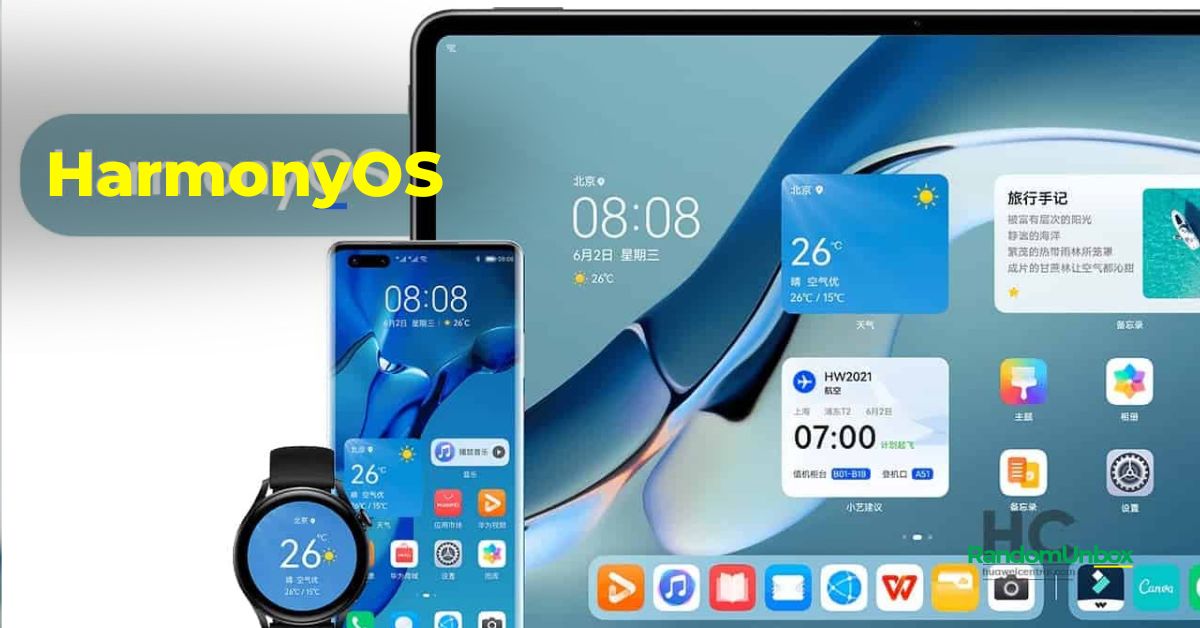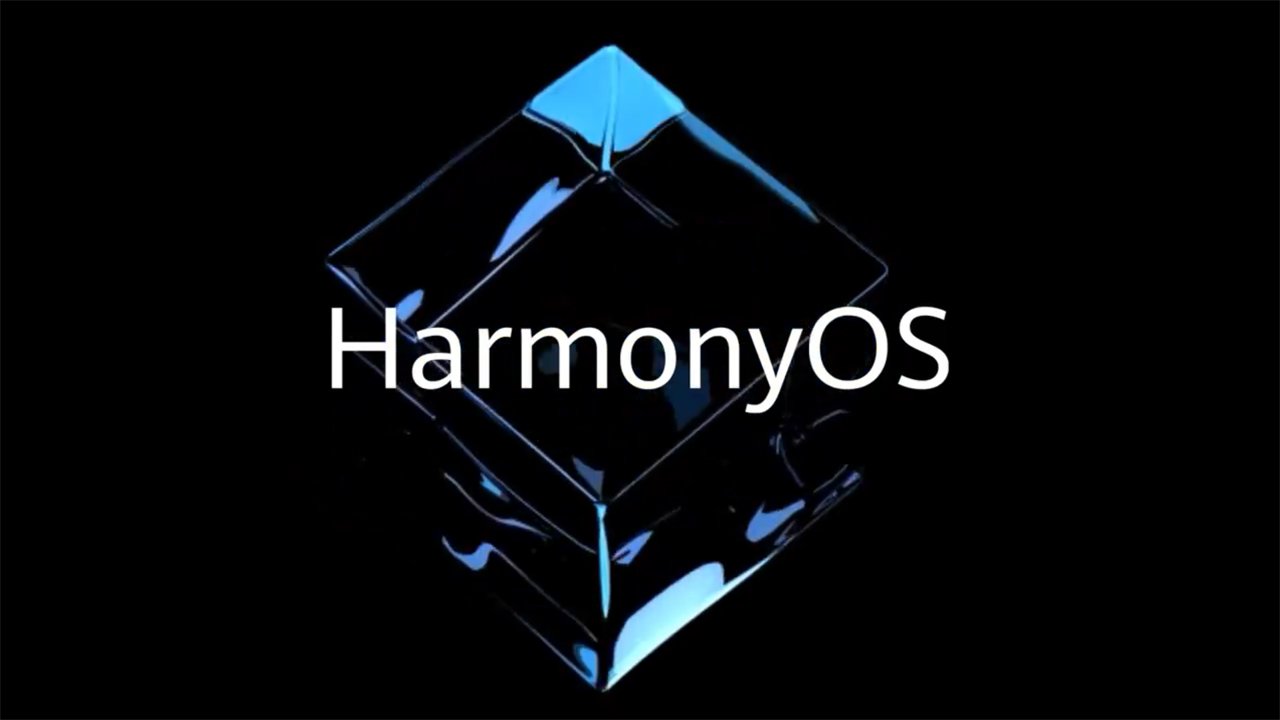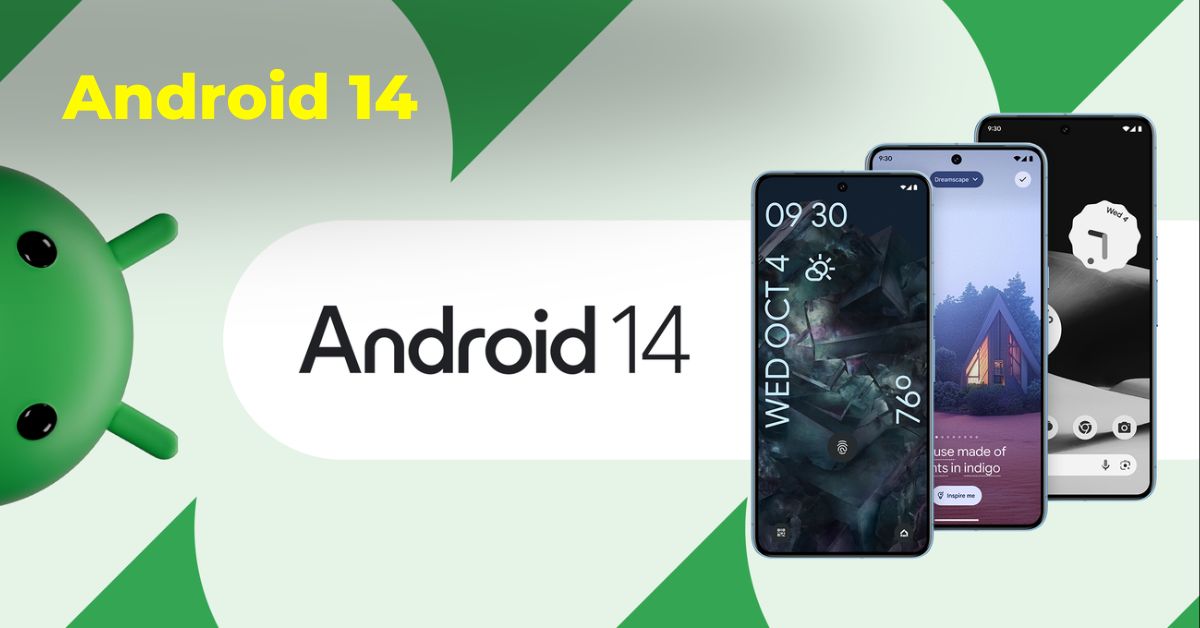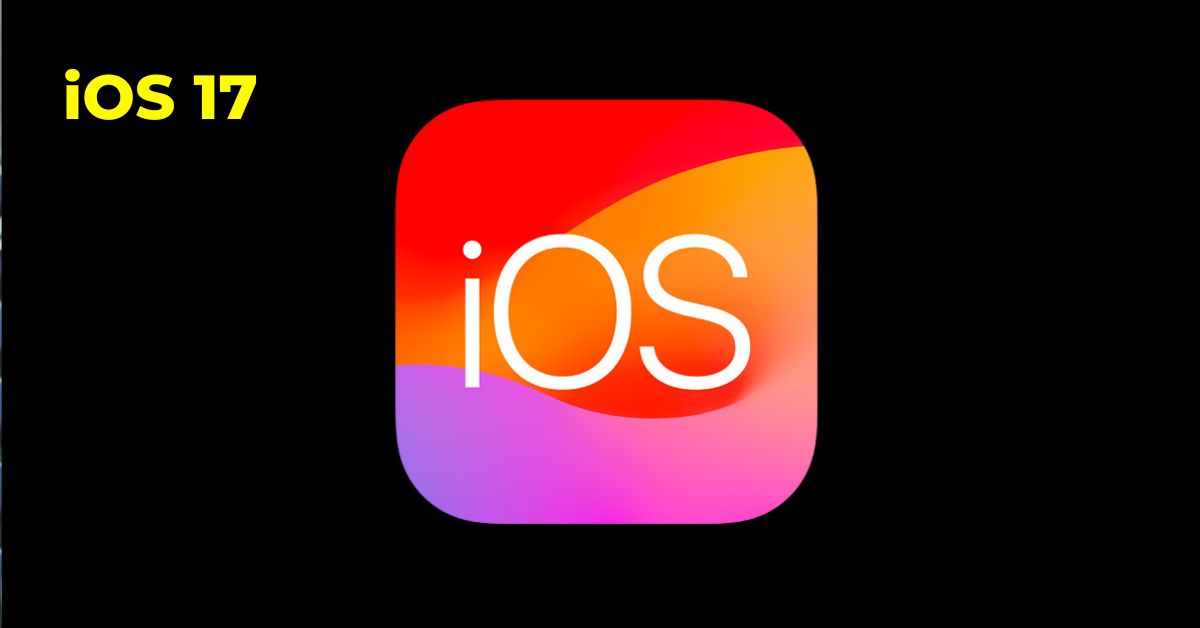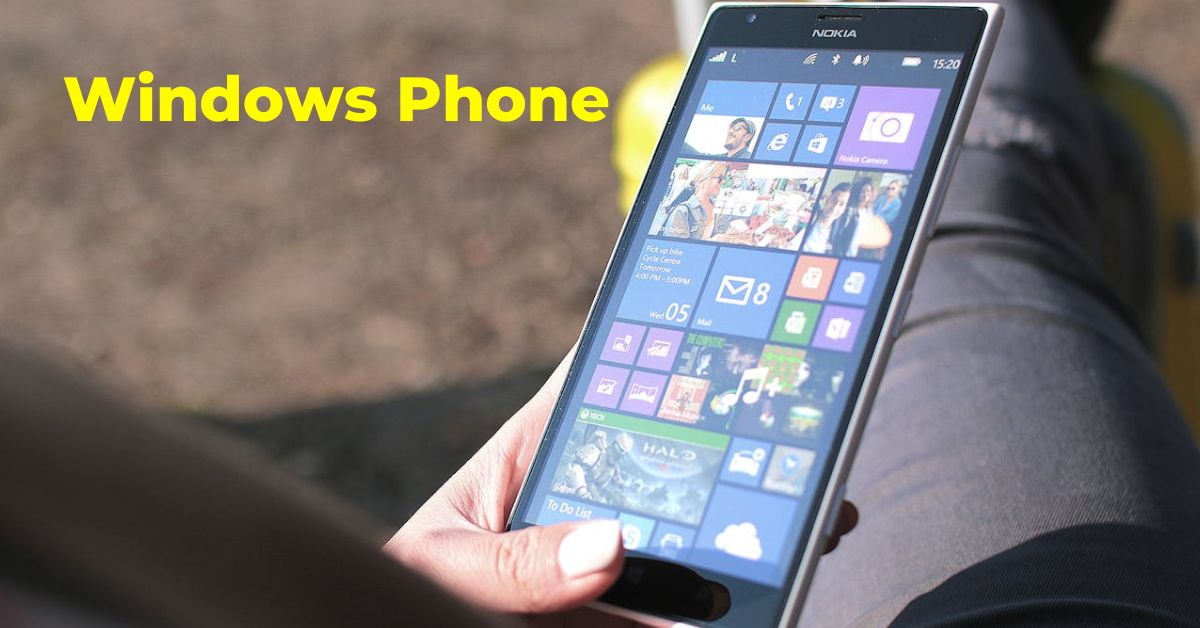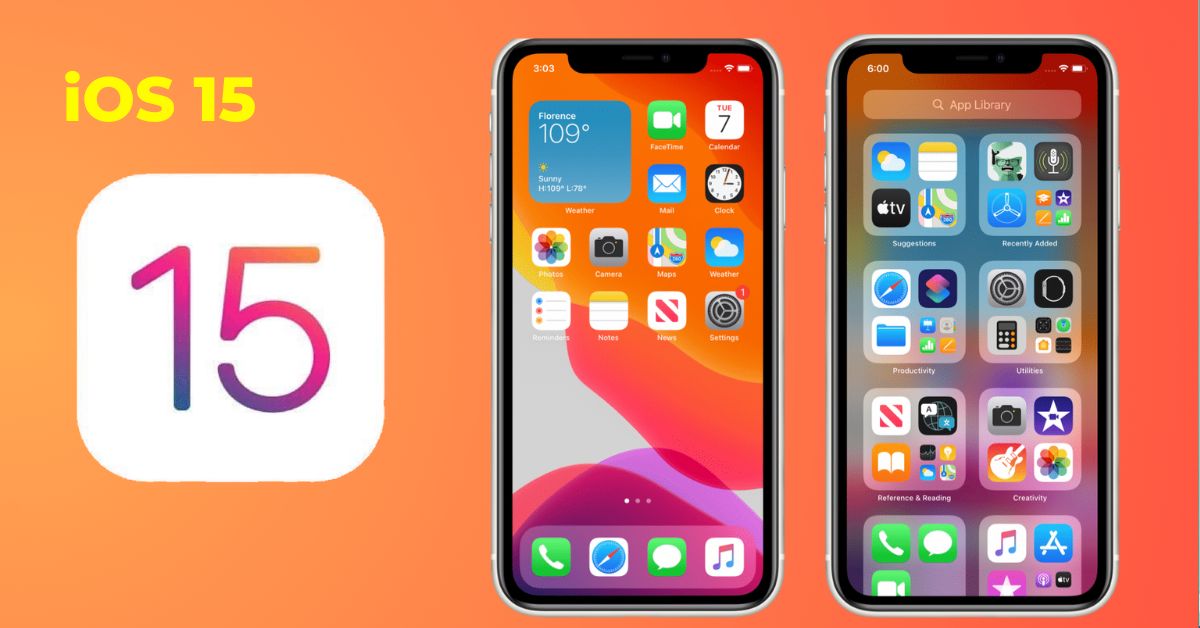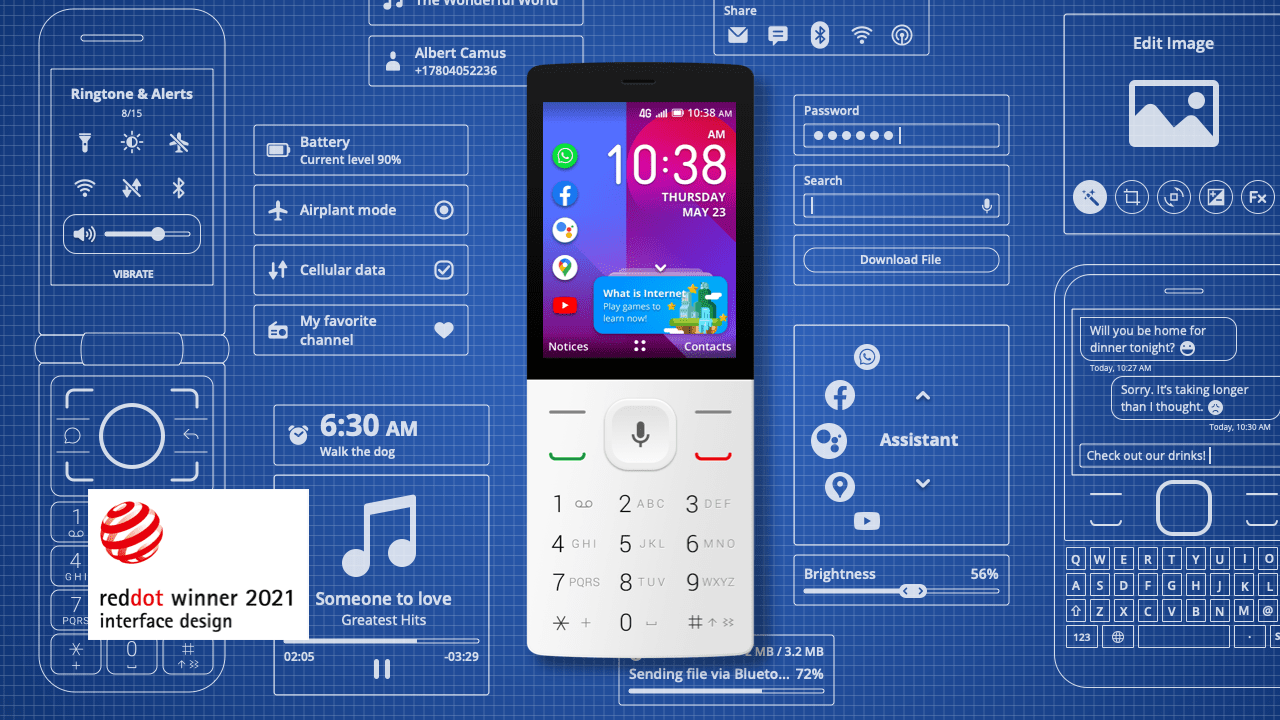The mobile operating system (OS) landscape is largely dominated by Android, powering a vast majority of smartphones globally. However, in recent years, Chinese tech giant Huawei faced challenges due to US restrictions, limiting their access to critical software and hardware components. This prompted Huawei to develop their own alternative: HarmonyOS.
HarmonyOS was officially launched in 2019 as Huawei’s answer to Android, aiming to provide a secure and seamless experience across various devices, not just smartphones. Let’s delve deeper into what HarmonyOS offers and its potential impact on the mobile OS landscape.
Key Differences between HarmonyOS and Android
| Feature | HarmonyOS | Android |
|---|---|---|
| Base System | Proprietary microkernel | Linux kernel |
| App Compatibility | HarmonyOS apps, Android apps (older versions) | Primarily Android apps |
| Focus | Multi-device connectivity and ecosystem | Primarily smartphones and tablets |
| Customization | Deep device integration and customization options | Varied customization options based on device manufacturer |
Definition:
HarmonyOS is a microkernel-based, open-source operating system designed to power a wide range of devices, from smartphones and tablets to smart home appliances and wearables. This innovative system boasts several key features:
- Cross-device compatibility: HarmonyOS enables seamless integration and interaction between different devices running the same OS, fostering a unified and connected user experience.
- Seamless connectivity: Devices powered by HarmonyOS can establish secure and efficient connections, facilitating data transfer and collaboration across various platforms.
- Improved security: HarmonyOS prioritizes user privacy and data protection by employing a robust security architecture.
History and Development:
HarmonyOS was first introduced by Huawei in 2019, initially focusing on smart devices like wearables and smart TVs. However, the company has recently announced its expansion into the smartphone and laptop markets, with devices running HarmonyOS expected to launch in late 2024. This strategic shift signifies Huawei’s commitment to establishing HarmonyOS as a comprehensive operating system for a diverse range of consumer electronics.
HarmonyOS vs. Android
Choosing the right mobile operating system (OS) can be crucial for your device’s functionality and user experience. While both Android and HarmonyOS offer core functionalities like app installation, multitasking, and connectivity, they possess distinct characteristics.
Similarities:
- Core functionalities: Both operating systems enable users to install apps, manage multiple tasks simultaneously, and connect to various networks.
- Open-source elements: Both systems incorporate open-source components, allowing developers to contribute and expand their functionalities.
Differences:
| Feature | HarmonyOS | Android |
|---|---|---|
| Target devices | Aims to be a unified OS across various devices (smartphones, smart TVs, wearables) | Primarily targets smartphones and tablets |
| Underlying technology | Microkernel architecture | Linux kernel |
| App ecosystem | Smaller app store, still under development | Vast library of apps available |
| Security | Claims improved security features compared to Android | Security updates vary depending on device manufacturer and model |
While HarmonyOS offers potential benefits like multi-device compatibility and claimed security enhancements, its app store remains a work in progress compared to Android’s established ecosystem. Users should consider their individual needs and app preferences when choosing between these operating systems.
Please note: Security claims by both operating systems require ongoing evaluation and comparison through independent testing and user experience.
Key Features of HarmonyOS
HarmonyOS, Huawei’s operating system, boasts several features designed to enhance user experience across various devices. Let’s delve into some of its key functionalities:
A. Seamless Cross-Device Experience:
- Effortless Connection: HarmonyOS seamlessly connects and transfers data between your devices, including smartphones, tablets, wearables, and smart home appliances. This creates a unified ecosystem where you can easily share files, control your smart home, and pick up tasks seamlessly across different devices.
- One-Time Login: HarmonyOS simplifies multi-device access with a convenient “one-time login” feature. This eliminates the need to repeatedly enter login credentials on each device, saving you time and effort.
B. Intelligent Connectivity:
- Seamless Network Switching: HarmonyOS intelligently manages network connectivity, ensuring a smooth and uninterrupted experience. It can automatically switch between Wi-Fi and mobile data based on signal strength, guaranteeing you a reliable connection.
- Simplified Device Management: HarmonyOS simplifies device discovery and pairing, making it easy to connect new devices to your existing ecosystem.
C. Enhanced Security:
- Robust Protection: HarmonyOS prioritizes user security by incorporating a trusted execution environment (TEE) and a microkernel architecture. These features create a secure foundation for your data, protecting it from unauthorized access and potential security threats.
HarmonyOS App Ecosystem
A. Current Status:
While the HarmonyOS app library is currently smaller compared to established platforms like Android, Huawei is actively expanding its offerings. This includes:
- Native HarmonyOS App Development: Huawei is investing heavily in promoting and developing native HarmonyOS apps through their ArkUI framework and HarmonyOS Developer tools.
- Alternative App Sources: Huawei provides access to alternative app sources like GSpace, allowing users to discover and install a wider range of applications.
B. Developer Opportunities:
For developers, entering the HarmonyOS ecosystem presents exciting opportunities:
- Simplified Development Process: Huawei offers comprehensive developer tools and resources, including extensive documentation, tutorials, and code samples, to streamline the app development process.
- Growing User Base: HarmonyOS is experiencing rapid adoption, with over 60 million devices already running the platform. This translates to a potential for reaching a large and engaged user base.
The Future of HarmonyOS
A. Navigating the Mobile OS Landscape:
HarmonyOS faces significant challenges in its quest to establish itself in the mobile operating system market. Competing against the well-entrenched Android ecosystem, which boasts a vast user base and a mature app landscape, is a major hurdle. Additionally, the current lack of certain popular applications on HarmonyOS could act as a deterrent for potential users accustomed to the extensive app libraries offered by established players.
B. Building a Connected Future:
Despite these challenges, Huawei envisions HarmonyOS as a leading, secure, and interconnected operating system for the future. They aim to create a seamless and unified experience across various devices, from smartphones and smartwatches to smart TVs and home appliances. This vision emphasizes a connected ecosystem where devices interact and share data effortlessly, enhancing user convenience and unlocking new possibilities.
Conclusion
HarmonyOS: A Potential Android Alternative?
HarmonyOS, Huawei’s operating system, presents itself as a potential contender in the mobile landscape. Here’s a quick recap:
- Microkernel architecture: Designed for efficiency and security, potentially offering a smoother user experience.
- Cross-device compatibility: Aims to seamlessly connect various devices under one ecosystem, enhancing user convenience.
- Limited app availability: Lacks access to Google Mobile Services (GMS) and the vast Play Store library, hindering adoption in some regions.
- Early stage of development: While functionalities are improving, it requires further development to compete with established players.
Future Potential
HarmonyOS is still under development, but it holds promise for the future. Huawei’s continued efforts and potential collaborations could lead to:
- Improved app ecosystem: Attracting more developers and fostering a robust app library.
- Enhanced cross-device integration: Providing a seamless user experience across various smart devices.
- Increased market share: Challenging the dominance of existing operating systems, particularly in specific regions.
It’s important to note that HarmonyOS faces significant challenges, especially regarding app availability and user adoption outside of China. However, its potential for innovation and its focus on cross-device experiences make it worth watching in the evolving mobile OS landscape.
Source
- https://www.gizchina.com/2023/09/29/harmonyos-next-huawei-is-ready-to-release-native-harmonyos-app-ecosystem/
- https://consumer.huawei.com/en/harmonyos/
Frequently Asked Questions
What is HarmonyOS?
HarmonyOS is Huawei’s own operating system designed to power various devices, including smartphones, tablets, smartwatches, and smart home appliances.
Is HarmonyOS a replacement for Android?
While HarmonyOS can run on smartphones, it’s not directly replacing Android. It aims to offer a broader ecosystem across different devices.
Can I use Android apps on HarmonyOS?
Older versions of HarmonyOS supported Android apps. The latest iteration, HarmonyOS Next, focuses on native HarmonyOS apps, though alternative solutions might emerge.
What are the benefits of HarmonyOS?
HarmonyOS prioritizes seamless connectivity between devices, improved performance, and enhanced security.
Is HarmonyOS secure?
Huawei claims HarmonyOS prioritizes security and privacy with features like microkernel architecture and data isolation.
What devices run HarmonyOS?
HarmonyOS runs on various Huawei devices, including smartphones, tablets, smartwatches, TVs, and smart home appliances.
Where can I learn more about developing apps for HarmonyOS?
Huawei offers developer resources and documentation to help create apps for HarmonyOS.
How does HarmonyOS compare to other operating systems?
While it shares some similarities with Android and iOS, HarmonyOS focuses on multi-device connectivity and a unified ecosystem.
Is HarmonyOS the future of mobile operating systems?
It’s too early to predict the future of HarmonyOS. However, it offers a compelling alternative and might influence future mobile OS development.
Where can I buy a device running HarmonyOS?
Select Huawei devices, including smartphones and tablets, run HarmonyOS. Check authorized retailers or Huawei’s official website for availability.


